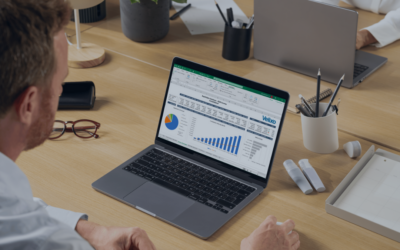With all the talk around ERP solutions, one thing you hear of again and again is the value of the real-time data you can access via ERP. But what does this ERP benefit really mean for your business? How does real-time ERP data manifest in the day-to-day operations of your business? The following are four practical examples of the impact real-time ERP data can have on your business, its performance, and your bottom line.
Everyone is on the same page
Data inconsistencies and discrepancies from one department to the next can cause tremendous confusion at any business, dragging down productivity and efficiency. How many times have marketing and sales been at cross-purposes on a lead? How often does your business office need to circle back to confirm a key piece of data? ERP real-time data creates data cohesion across your business. Everyone is looking at the same data and everyone is having the same conversation. At last.
An improved customer experience
Any time someone touches a customer file, they are accessing and working with the most recent data. So, customer service comes from a more informed and empowered place. And sales can make more impactful suggestions to a lead. Likewise, from the customer’s perspective, each time they interact with your brand they feel you are paying attention. Real-time data makes each customer interaction a fulfilling “high touch” experience.
Actionable business data
When your business is growing, having the right data in hand to make key decisions is essential… but getting your hands on high-value data can be difficult. With an ERP system in place, you have access to real-time business data and reporting. With these tools in hand, you can better calculate sales margins, automate profit tracking, and quickly spot any threats to profit margins.
Real-time data = real collaboration
While teleworking has been around for a good while, 2020 showed us just how far teleworking could go. It also showed us how essential collaboration anytime and anywhere can mean to a company in the 21st century. With an ERP solution in place, all your stakeholders can access the right data anytime of the day, no matter where they are and making the best decisions and doing their best work based on that data.
The real-time data inherent in ERP has real world impact on your company. Whether it’s through more actionable data or better customer service, ERP data makes your business a more efficient place and a more productive enterprise. What experiences have you had with real-time ERP data? Tell us about it in the comments below. To see how real-time ERP data can transform your business, start exploring the wide range of ERP solutions available to you.



